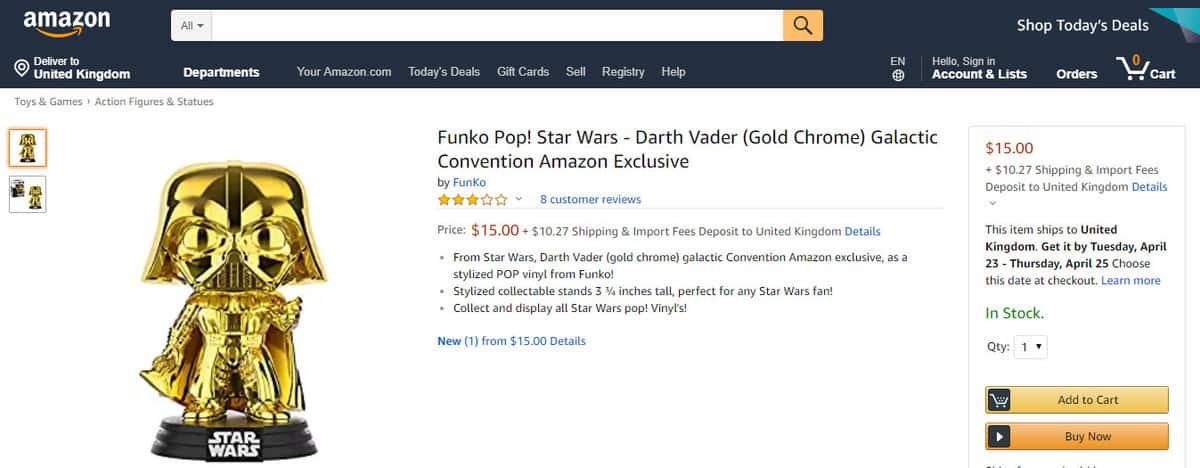by adding images to WordPress, you can increase user engagement, traffic, and improve SEO. It’s important to add images correctly by using the right file format, file names, and alt text. Using image compression formats like JPEG, adjusting image sizes, and using responsive images can enhance user experience and SEO. Adding images correctly in WordPress also involves optimizing meta tags, using image sitemaps, and allowing users to upload their own images. By following these best practices, you can improve your website’s SEO and user experience. You can add images in WordPress using block or classic editors, media library, and by allowing user uploads.
By adding images to WordPress, you can increase engagement, user traffic, and improve SEO on your website. To understand more, let’s explore how to add images to WordPress for beginners in the following article!
Importance of Adding Images to WordPress Correctly
Sometimes, users directly copy an image from the source and paste it into their website content. This can cause issues like slow website performance, poor user experience, and inadequate SEO. When adding images to your WordPress website, it’s important to do it correctly, including using the right file format, file names, and alt text. You should name your images using descriptive words separated by hyphens.
Example: You can use the file name "bali-vacation-photo.jpg" for a travel blog image.
Adding images correctly also involves adjusting the image size to load quickly and display beautifully on all devices. For example, image formats like JPEG, which are highly compressed, take up less space on servers and load faster.
By using these formats and optimizing images with a WordPress image optimization plugin, you can enhance the user experience on your website. Similarly, by using the Image block in WordPress and optimizing images properly, you can make it easier for search engines to crawl image data, improve your website’s ranking, and make it more user-friendly.
Key Factors to Consider When Adding Images to WordPress
Optimizing images in WordPress plays a crucial role in the overall SEO strategy of your website. Here are some considerations when adding images to WordPress to help optimize them:
- Use Appropriate File Names: Describe the image accurately before uploading it.
- Optimize Image Size: Adjust image size before uploading to fit the website. Oversized images can slow down the website, affect SEO, and user experience.
- Use ALT Attributes: Always provide alternate text through ALT attributes when adding images to pages or posts. This helps search engines understand the image content and increases the chance of appearing in search results.
- Use Responsive Images: Use responsive images to adapt to all devices, improve reader experience, and enhance conversion rates.
- Create Proper Heading Tags: When images are linked, use proper heading tags to provide additional information to users and support SEO.
- Use Image Sitemaps: Ensure your website has an image sitemap and submit it to Google Search Console to help search engines recognize images more effectively.
- Optimize Meta Tags: When sharing images on social platforms or other websites, optimize meta descriptions and titles to attract users and increase their sharing rate.
5 Simple Ways to Add Images to WordPress
- Add images to WordPress using the block editor (Gutenberg)
- Add images to WordPress using the classic editor
- Add images to media library
- Allow users to upload images in WordPress
For detailed steps on how to implement these methods, refer to the full article.
Conclusion
Vietnix hopes this article has helped you understand how to add images to WordPress. If you have any questions during the process, feel free to leave a comment below, and Vietnix will respond promptly. Thank you for following along this article!


